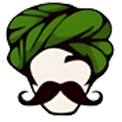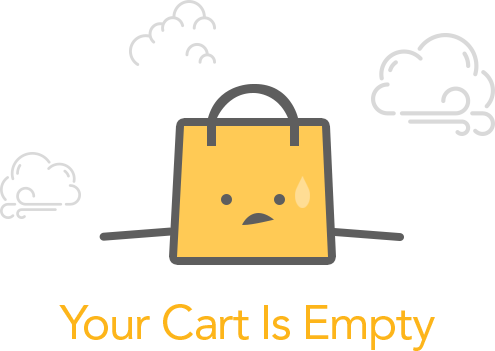Posted On : January 10, 2023
Why Milk is White but Ghee or Butter are Yellow?

A2 Milk & Dairy Products
Why Milk is White, Why Butter or Ghee is Yellow?
Milk is white because it contains small particles called fat globules that are dispersed evenly throughout the liquid. These fat globules scatter light in all directions, causing the milk to appear white.
Butter and ghee are yellow because they are made from milk that contains a pigment called carotene. Carotene is a type of pigment that gives a yellow or orange color to some fruits and vegetables, such as carrots and sweet potatoes. In cows, carotene is found in their feed, such as fresh grasses and clover, which contain high levels of carotene.
When cows eat these carotene-rich plants, the pigment is passed into the milk they produce. When the cream is separated from the milk to make butter or ghee, the yellow color of the carotene is concentrated, making the resulting butter or ghee yellow.
In addition, ghee goes through more processing than butter, where the water and milk solids are removed, leaving only the pure butterfat. This process concentrates the carotene and makes the ghee more yellow.
It's important to note that the color of butter or ghee can vary depending on the season and the type of feed given to cows. For example, in the summer when cows are grazing on fresh grass, the butter is likely to be more yellow than in the winter, when the cows are mainly fed hay.
So, the yellow color of butter and ghee is a natural result of the cow's diet, primarily from carotene in their feed and the processing method used.












